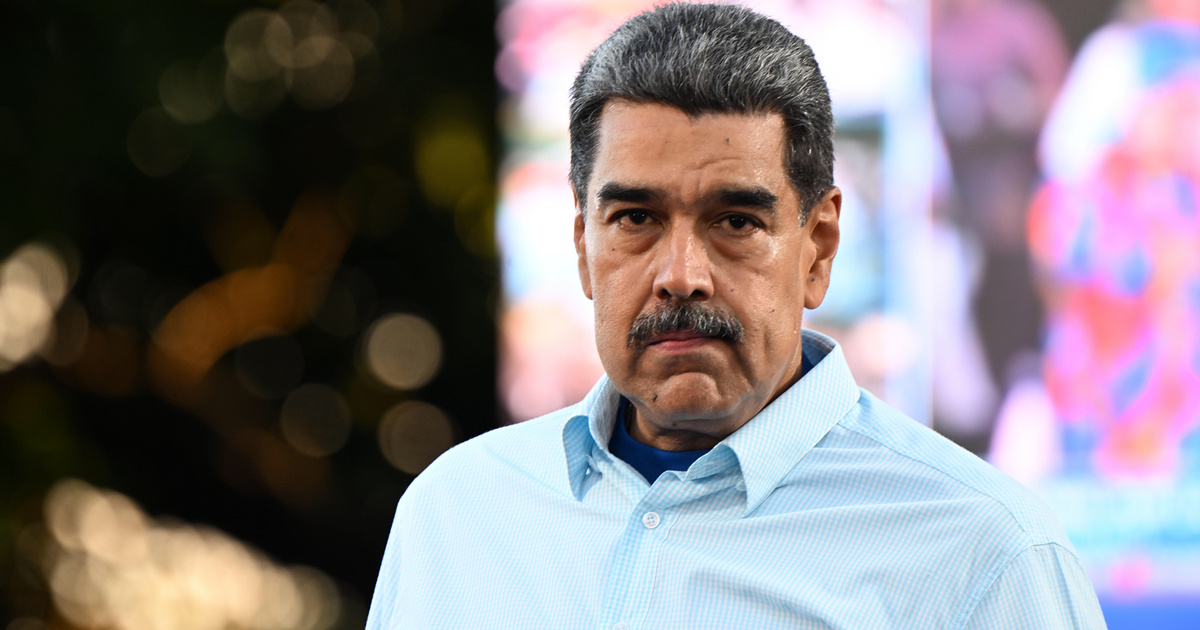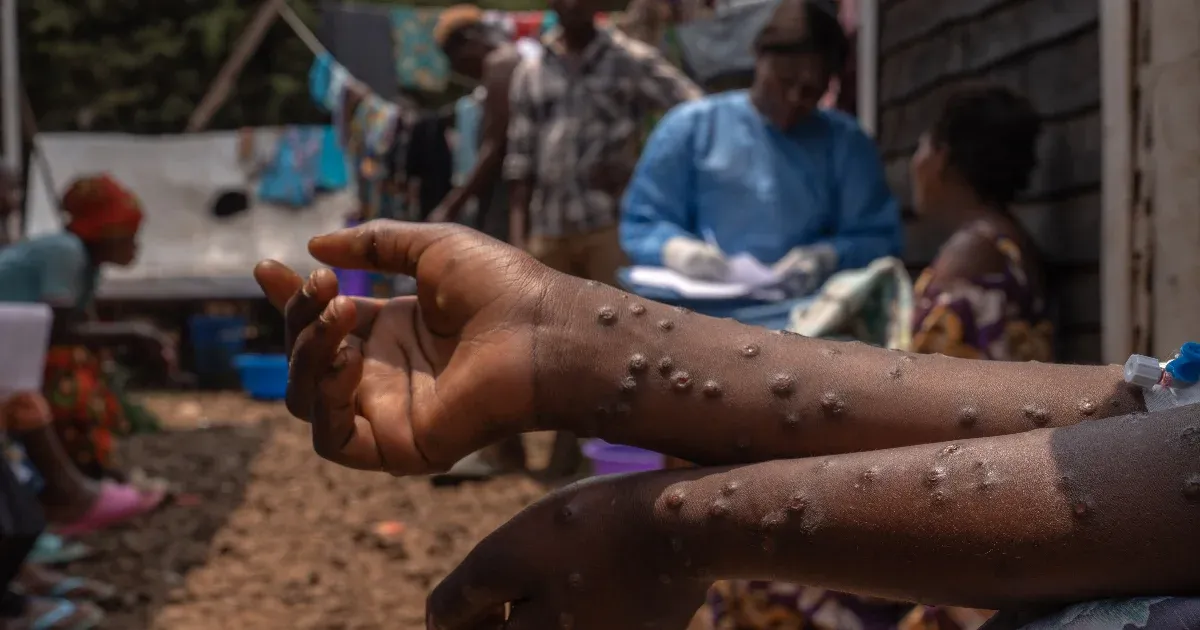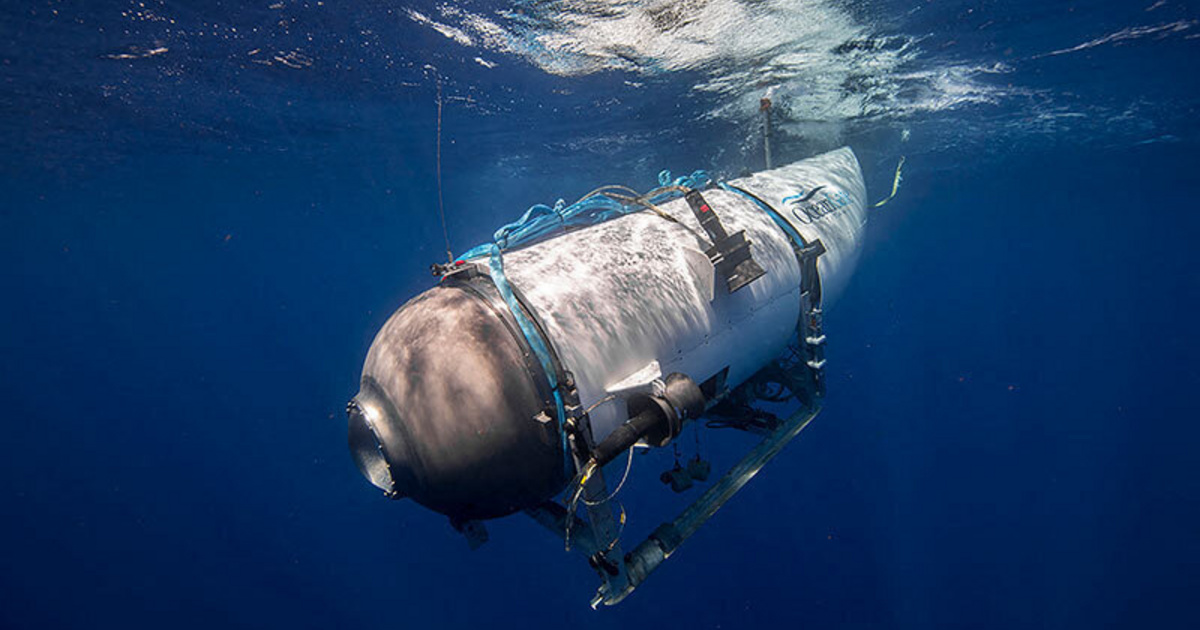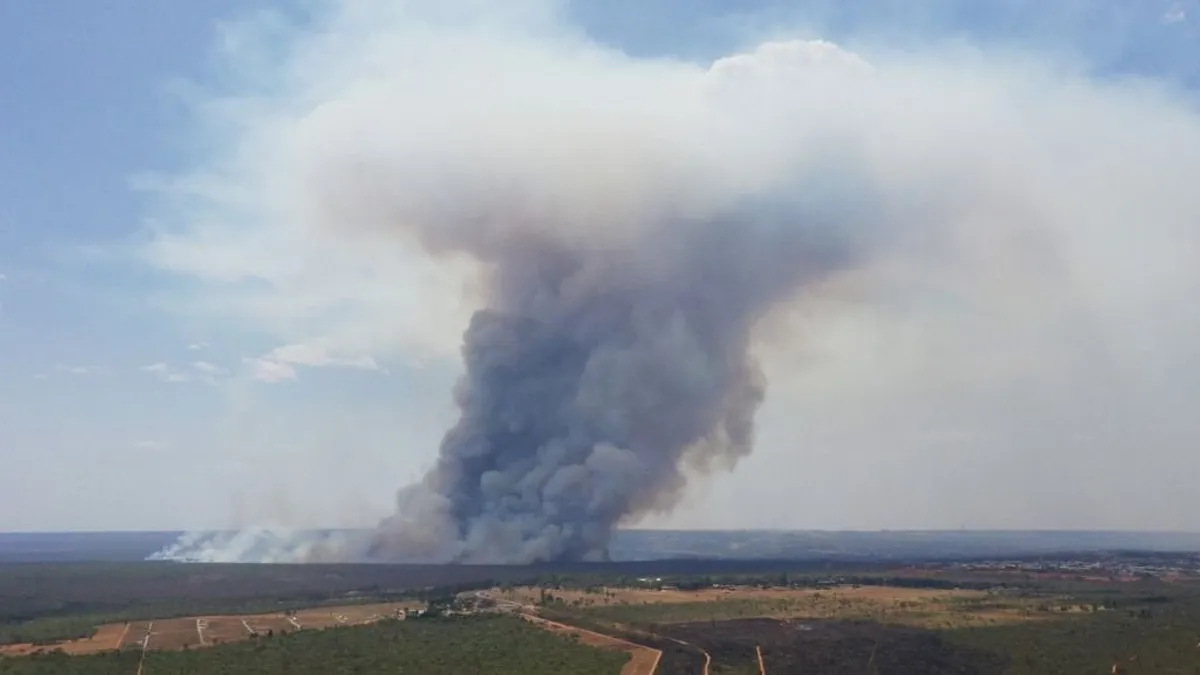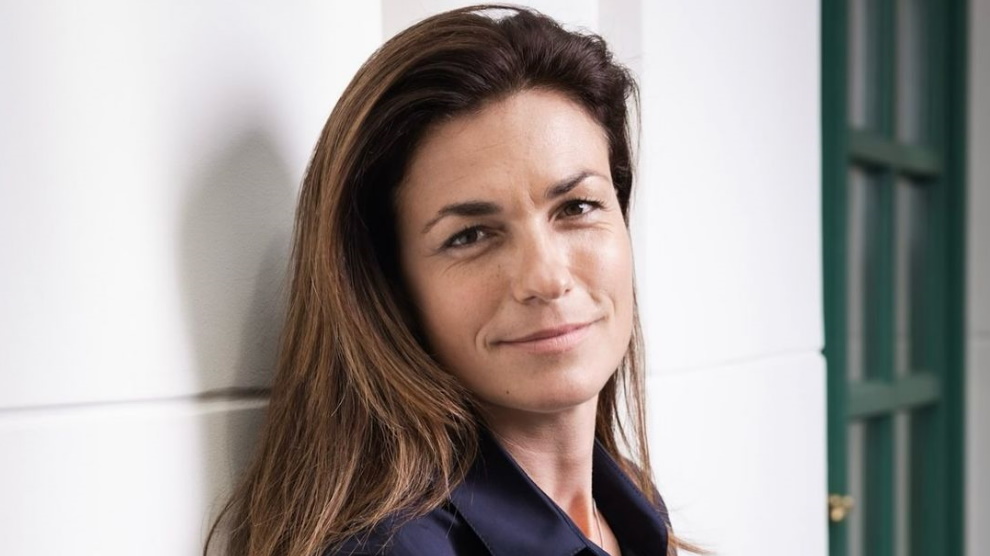There are no generally applicable recipes in the Carpathian Basin with its variable weather and soils, but the transition to tillage that protects the soil surface and supports soil biological life will certainly be of crucial importance in climate change. Julia HoboczyDeputy Dean General of the Faculty of Agriculture at SZTE University said all this in the soil profile MazheerWhere the area was once filled with construction debris… exciting lessons follow.
There is a need for dialogue between farmers and scientists
– the In section It is also visited by students, adults, experienced farmers and professionals working in other fields. Endre Dubos, one of the most radical representatives of local soil protection, always emphasizes at professional events these days that it is finally necessary to say that the vast majority of soils are destroyed. How do you feel you should and should not be didactic when you receive the kits?
– There is a great need to clarify the reality regarding the condition of the soil and its cultivation. Obviously, science has measurements, scientific research, experiments, and therefore data to tell us how we do our work. The other side, the farmers who work practically, also have basic knowledge – these two areas must be dealt with, the theoretical scientist who makes the measurements and the farmer who cultivates the soil must meet.
“When did these two spheres separate?”
– In the past, perhaps 50 to 60 years ago, and since then, the two regions usually engaged in dialogue within their ranks, but often with each other. Perhaps there is not enough time, and there are no forums in which this two-way dialogue can take place. Where, for example, farmers can learn about scientific findings, which they can then incorporate into practice in order to ensure that the soil retains its ability to provide nutrients in the coming decades. There are new forums, including this soil profile presentation, but we need more to build a bridge between science and agricultural practices.
“I also ask about this disconnect because I am a sociologist.”It is common for elites and masses to be separated from each other. It is important to know when and why this happened, because in agriculture it is also seen that due to a lack of dialogue, increasingly urgent changes and transformations in technology and tillage, do not happen or progress slowly due to a lack of communication.
– Yes, researchers and science have been saying for a long time that there is a problem and there will be a problem if technology and the way the soil is cultivated do not change as the world changes. Such findings have been around for many decades, but they should be read, understood, and practical solutions drawn from them. By the way, farmers have been feeling for decades that something is wrong, and it is becoming increasingly difficult to achieve results where everything was working fine with the old practice. So they feel it, but without scientific support, it is not certain that they will understand what should be followed, in what direction and in what way changes should be made. This is exacerbated by the fact that local agriculture is quite conservative and traditional. On the other hand, science can also help ensure that change does not occur in a way that is out of touch with reality, as the profit interests of agriculture must also be taken into account.
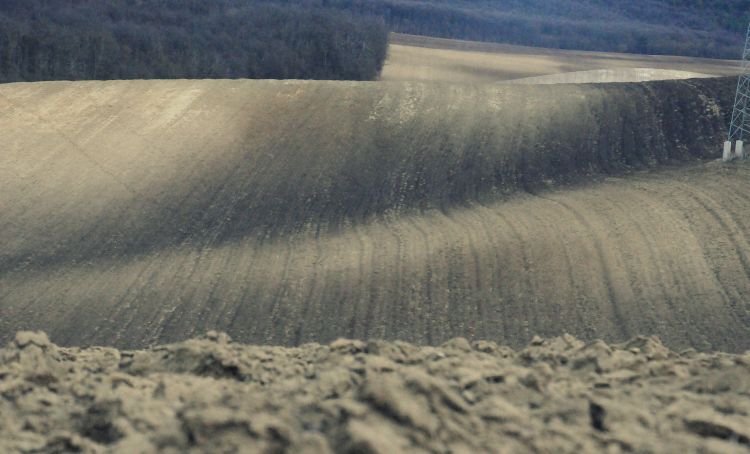
The era of bare farmland is over
– It is a frequent experience in soil profile presentations that there is a counter-argument to almost every professional technology comment and proposal, whether it is regarding irrigation, rotation, soil conditioners, or artificial and organic fertilization. In a region with heterogeneous soil and climate such as the Carpathian Basin, how general advice can be given?
“It doesn't matter how much.” Not only are the characteristics of a country's territories heterogeneous, but they are also the plates of a larger economy. Advice can only be given to a farmer who already knows his own conditions: the weather, but above all, of course, the measured and analyzed data of his fields. Of course, there are general principles that must be followed in modern agricultural tillage, but the matter does not begin with that, but rather with the farm knowing what its soil is like. Technology can only be developed for specific and analyzed boards. On the other hand, the soil also determines the technology, where, for example, very compact soils require a different investment in diesel and tillage equipment…
The question is whether it is possible to know the plot of land at all based on the sample taken from every five hectares.
– No, and it is not even enough for someone to get a more useful analysis of their land, even with satellite images. The laboratory result, the diagnosis, is not enough, you have to use that result, you have to analyze it, you have to know what kind of conclusion and, if necessary, what kind of approach and technological change in direction to follow how to include the information contained in the farming plan.
– He says that there are no general principles, but even now, when he spoke in the section, he repeatedly mentioned planting mulch and covering the roof as elements that should be followed. Can these requirements still be called general minimum?
– I am convinced that: certainly and everywhere it is important not to have signs. But this is what we see in nature: there is no black or brown open soil surface anywhere, only in human agriculture. The soil “protects itself” everywhere, in the forest, in the grass – there is a very resilient and diverse plant life everywhere. And not only on the surface, but also towards the deeper layers. First, in the upper layer of soil are roots and dead plant parts, at the bottom are rotting and decomposing organic matter, and so on. At the same time, there are separated layers in the cultivated soil that were formed as a result of compact and destructive interventions. They are generally not protected against solar and UV radiation, extreme heat or corrosive rain, and cannot drain or retain incoming water: what panels receive in poor condition is not used, runs out or evaporates.
“Moreover, there are no plants on the reed for a long time.”
– It is easy to understand the disadvantages of this. The presence of plants, especially plant roots, is like food for us in the soil. Specifically, for example, the roots secrete substances containing sugars, which nourish the soil biome and provide it with energy, so that it remains active and has a positive effect on the soil as a whole. Soil is not a growing medium, nor is it intended to strengthen a plant, but rather a living, complex, adaptable system. Through the coordinated operation of physical, chemical and biological processes, they can be fertile – that is, they can provide plants with water and nutrients. If there are no roots – after harvest, in many places there are no roots until the next sowing period – the field is not “resting”, as they say, but is actually starving.
– Will the role of cover plants be to limit all this, like a protective spongy layer?
– the Positive impact of cover crops Very versatile. On the one hand, they provide root systems and food: sugars, nitrogen and other things to the soil. On the other hand, depending on what is needed in the specific field, they help bind or even loosen the soil structure. Third, when rain or corrosive winds arrive, for example, they protect the top layer. They prevent damaging raindrops from falling on them and slow down the infiltration process. After that, it slows down evaporation. There is no need to even mention the advantages of these things in the age of climate change.
– The file also stated that regardless of climate change, the average annual rainfall will not change, but will have a very severe distribution.
– That's right, at the level of long-term averages, the decrease in the amount of incoming water is not significant, but its distribution is very variable. In this case, protecting soil integrity and soil moisture is extremely important. But I repeat that the selection of the variety or plant species for cover is also effective if we know the specific goals and conditions of the farm. It is necessary to know what type of crops to include, what and how we can treat them with a cover crop, what kind of restrictions and conditions and in what microclimate the selected field is located. There is no general recipe for this either.
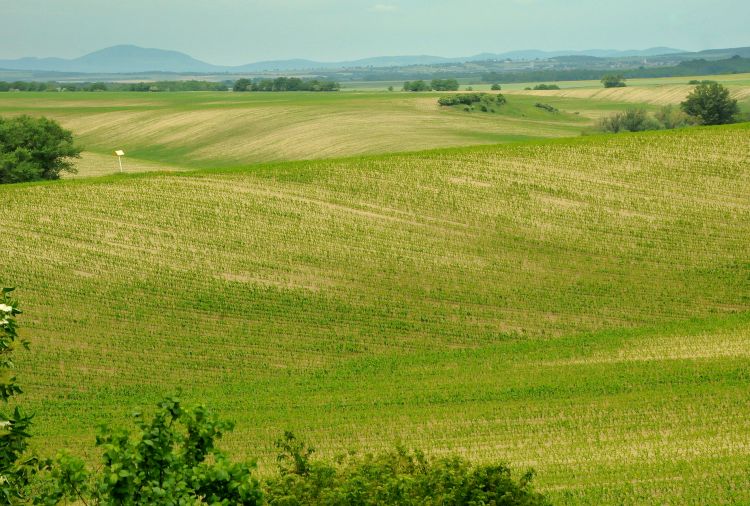
The stillness has done wonders in the dead, silt-contaminated soil
– The section we are standing in does not evoke the characteristics he explained: here the debris of tiles, bricks, concrete, the remains of black nylon and threads can be seen in the upper layer, which is 20-30 cm thick. What can be done with such soil?
“Nothing in terms of cultivation.” Even if the plant roots manage to find their way, the machinery will be destroyed by the waste debris.
“After all, that was last year.” Soil file for this year (See framed materials below!) Became. Why? What does this sample section teach?
“For what we've talked about so far.” This area was cleared a few decades ago, the soil surface mined, moved, then filled in with construction rubble, and finally some soil moved on top. Then nothing happened for twenty years – a crucial moment, because this “nothing” made it possible for these soils to be in the excellent condition they are today. It is not possible to cultivate it, because solid pieces would destroy the machinery, but from a physical and biochemical point of view, this soil is healthy and even in excellent condition. We even ran an NPK measurement on it – and it's also perfect, which means its ability to provide nutrients is also good. I stress that it did not receive any interference or input: it was enough for it to be left as it was, and it regenerated and began to function as soil.
The sample was selected from the region discussed last year Soil of the yearNak, and the monolith made from the sample taken from here is the soil International Day It was also displayed at the Ministry of Agriculture. Since selection in December, there has been a nature trail in the area, where an interactive soil profile station was set up by Dr. Julia Hoboczy, Associate Professor at the Faculty of Agriculture at SZTE University, which is now part of the seven-stop Hód-Mezőgazda Educational Path. The department and the educational track are also an opportunity for further training for adults, and today they operate under the auspices of a consortium: members of the consortium led by Pro-Feed Kft are the Faculty of Agriculture of SZTE, Hód-Mezőgazda Zrt., Phylazonit, AXIÁL, ExperiPlant Performance Testing and Animal Husbandry Kft.
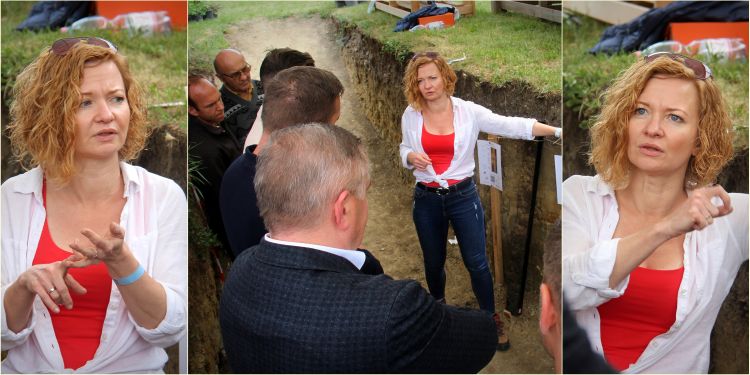
– What is the current scientific opinion about the local regulatory environment? what do you think,
To what extent are state agricultural legislation and management aligned with the principles and needs of agriculture-focused soil science – the ethos we are talking about here?
– The organization must be closer to science. My experience is that there are quite a few specialists in preparing law and legislation who have a comprehensive understanding of this field. Who can see the complexity of the connections between climate, water, soil and plant systems? We need specialists who can develop precise regulations, not general regulations. It is essential that the regulation of agriculture takes into account soil biology and soil life, and this must be reflected in systems, even in interest and support systems. As we have said, there are minimum basic principles that apply everywhere – the surface should not be tilled, there should be water retention, vegetation to improve the soil, and the rest – and these principles should be carefully, gradually, but firmly reflected in agricultural regulations. Those who follow less effective traditional techniques should not be punished, but encouraged to change their attitudes and practices with patience, imparting knowledge and arousing their interest.
“that it.” AÖPDo you see it that way? There, organization, spirituality and material incentives exist at the same time.
– Yes, but renewable soil cultivation is a topic that I do not think can be addressed except by external means. It requires understanding, insight and internal motivation – without that, all the systems and incentives will be inadequate. The farmer must understand that what he thought was good until now will no longer be sustainable, the weather is changing; And you must understand that it is in your immediate interest to get to know your territory more deeply and make the switch.
Zoltan Kohut




